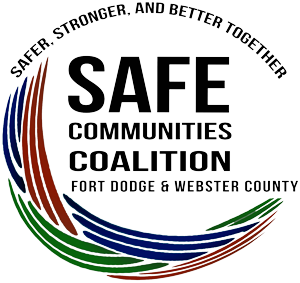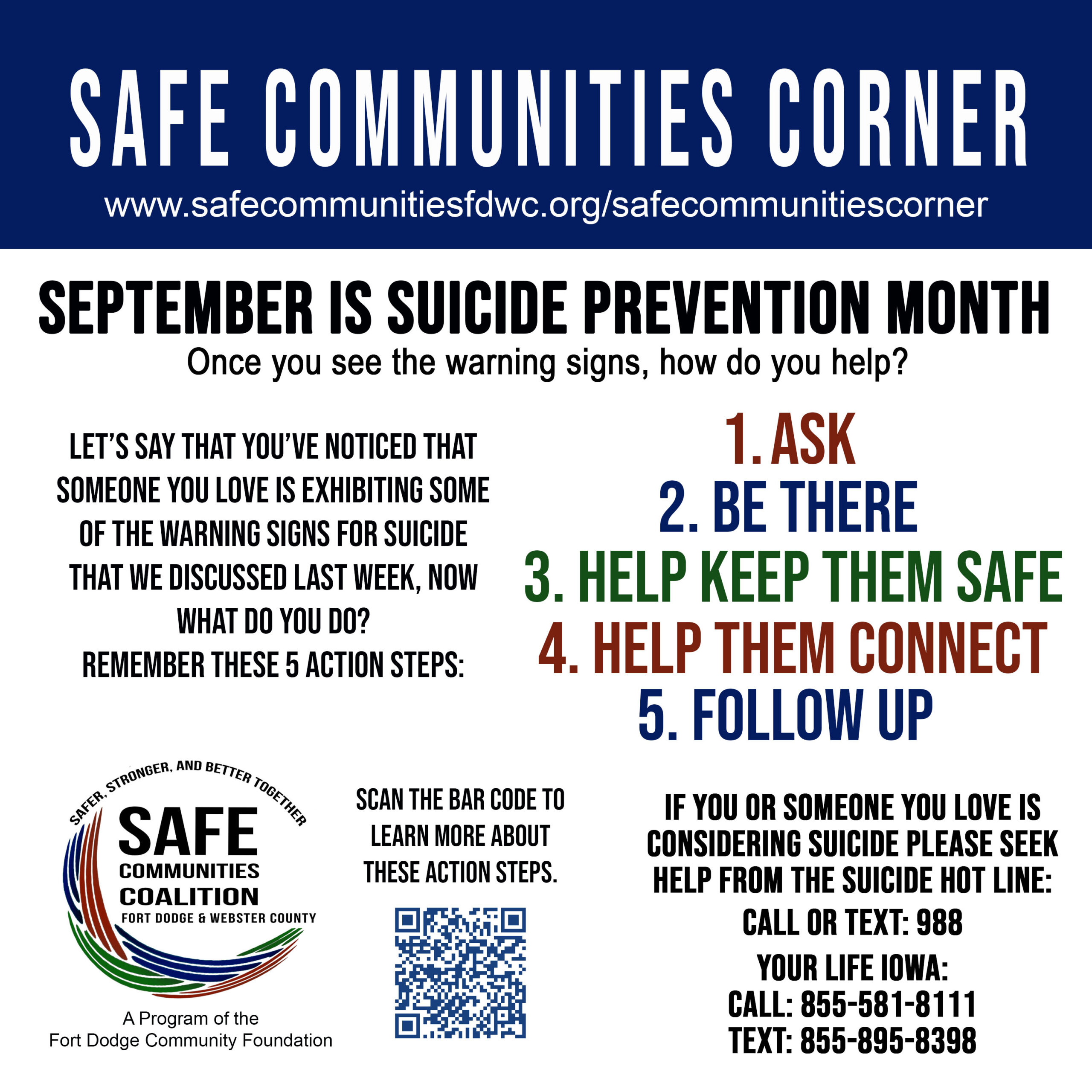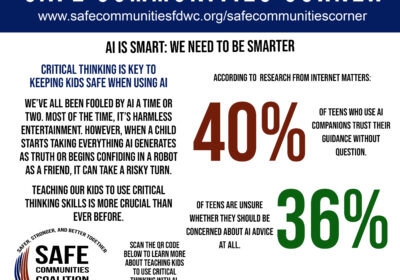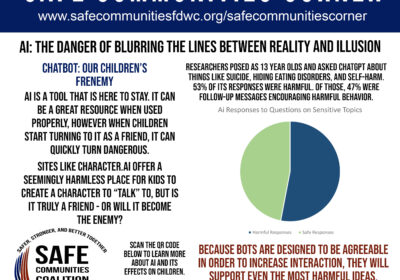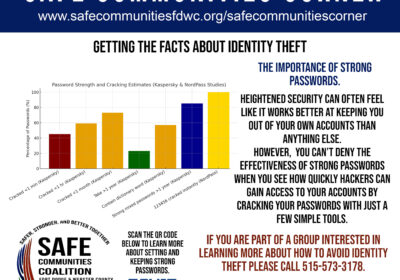September is Suicide Prevention Month: What to do if you See the Warning Signs
Every September, communities across the nation observe Suicide Prevention Month—a time to shed light on a topic that is often kept in the shadows. Suicide is one of the leading causes of death in the United States, yet it is also one of the most preventable. By learning the warning signs and how to respond, we can each play an important role in saving lives.
Why Suicide Prevention Matters
According to the CDC, nearly 50,000 people die by suicide each year in the U.S.
Suicide is the second leading cause of death for people ages 10–34.
In Iowa, more than 500 lives are lost to suicide annually, and countless more are impacted by attempts or thoughts of suicide.
These numbers remind us that suicide affects families, schools, workplaces, and entire communities. But prevention is possible, and you don’t need to be a professional to help.
Recognizing the Warning Signs
Suicide rarely happens without warning. Some of the common signs include:
Talking about wanting to die or feeling hopeless.
Withdrawing from family, friends, or usual activities.
Sudden mood swings, rage, or increased use of alcohol or drugs.
Giving away possessions or saying goodbye.
If you notice these changes in someone you care about, don’t ignore them—take action.
The Five Action Steps Everyone Should Know
The Safe Communities Coalition highlights five steps anyone can take when they’re worried about someone:
Ask
Start with a simple, direct question: “Are you thinking about suicide?” Research shows that asking doesn’t put the idea in someone’s head—it opens the door to honesty and hope. Never promise to keep their thoughts a secret. Encourage them to tell family members and seek help from the people closest to them.Be There
Offer your time and attention. Listen without judgment, and remind them they are not alone.Help Keep Them Safe
If someone is in crisis, help them avoid access to dangerous means (such as firearms or medications) until they are in a safer place.Help Them Connect
Encourage professional support, whether that’s a counselor, doctor, or crisis hotline. Knowing where to turn can make the path to recovery less overwhelming.Follow Up
A call, text, or visit after the crisis can show ongoing care and reduce feelings of isolation.
Resources for Immediate Help
If you or someone you know is struggling with suicidal thoughts, please know that help is available 24/7:
Suicide & Crisis Lifeline: Call or text 988
Your Life Iowa: Call 855-581-8111 or Text 855-895-8398
Together, We Can Save Lives
Suicide prevention begins with awareness, compassion, and connection. By learning the warning signs and practicing these five steps, you may be the lifeline someone desperately needs. This September—and every month—let’s commit to having the tough conversations, reaching out to one another, and building communities where no one feels alone in their struggle.
